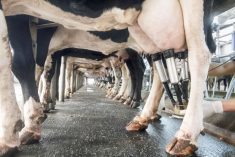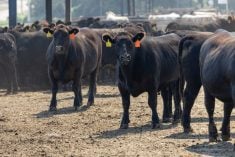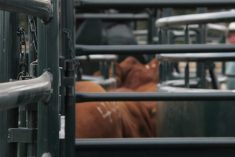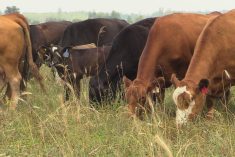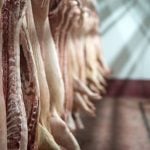U.S. feeder values for weaned calves and yearlings were $3 to $5 lower last week due to stronger feedgrain values. Chicago Board of Trade (CBOT) corn futures made new highs last week, resulting in lower bids for replacement cattle, despite the strength in the deferred live cattle futures.
Canadian prices held values, with 800-pound steers averaging $110 or even higher in some cases. These same cattle were selling for $108 in Oklahoma last week.
Western Canadian feeder cattle prices feel vulnerable at the current levels due to the limited export movement. We usually see feeder cattle exports surge over 10,000 head per week during the fall period. While no official data is available, industry estimates are ranging from 2,000 to 3,000 head per week. We are facing the same dilemma as last year.
Read Also
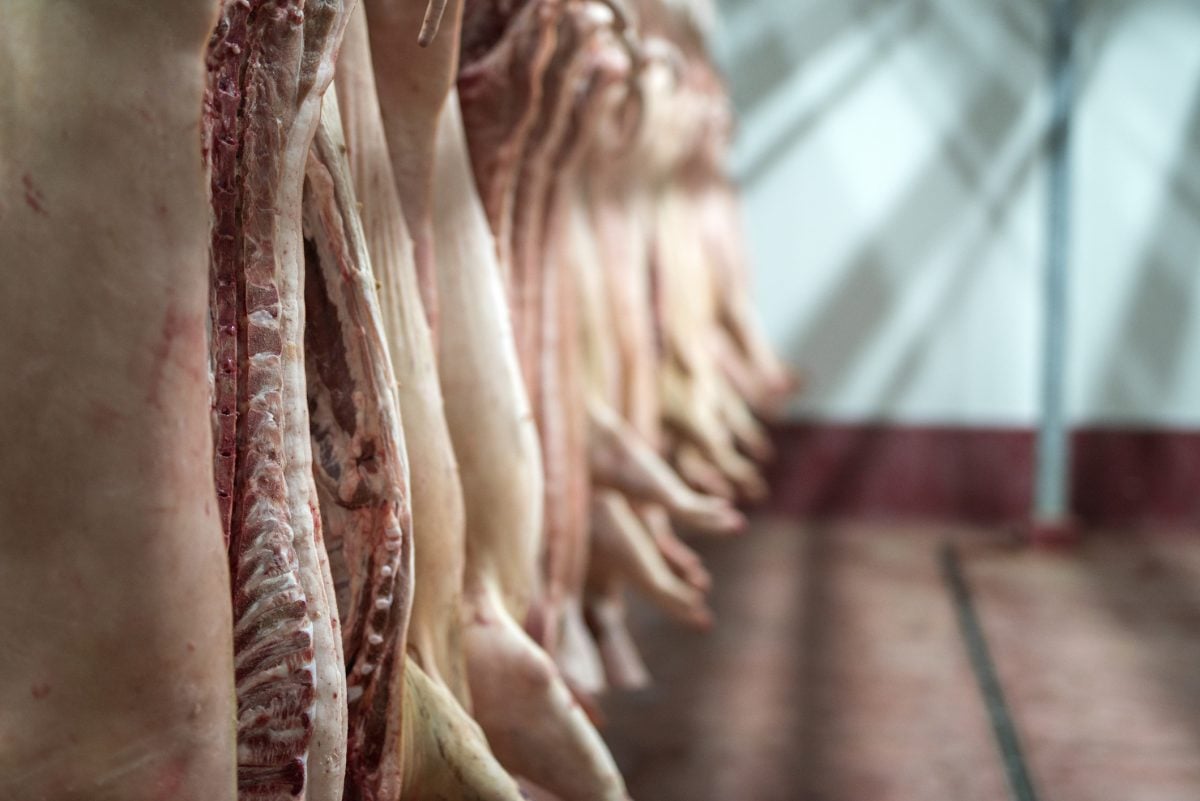
U.S. livestock: Cattle slip back, hogs gain
Chicago cattle futures slipped back on Friday after Thursday’s pause. Hog futures crept upward. Most-active December live cattle futures closed…
Western Canadian feedlots will have to absorb an additional 125,000 to 150,000 head of feeder cattle, due to the limited export movement during the period from September through December.
Cow-calf producers have been holding back on sales due to abundant forage supplies. However, this is not a good idea. Feeder cattle prices are expected to come under pressure later in October as the market functions to encourage demand. Canadian prices need to trade at a $10 to $12 discount to U.S. values to encourage export movement.
Barley values in Alberta have been relatively stagnant. I’m still thinking should see further upside later in the crop year, given the strength in the world feedgrains complex. This may also result in lower bids for replacement cattle.
— Jerry Klassen is a commodity market analyst in Winnipeg and maintains an interest in the family feedlot in southern Alberta. He writes an in-depth biweekly commentary, Canadian Feedlot and Cattle Market Analysis, for feedlot operators in Canada. He can be reached by email at [email protected] or 204-287-8268 for questions or comments.
The material contained herein is for information purposes only and is not to be construed as an offer for the sale or purchase of securities, options and/or futures or futures options contracts. While the information in this publication cannot be guaranteed, it was obtained from sources believed to be reliable. The risk of loss in futures trading can be substantial. The article is an opinion only and may not be accurate about market direction in the future. Do not use this information to make buying or selling decision because adverse consequences may occur. This information may be wrong and may not be correct about current market conditions in all areas of Canada. This is an opinion only and not based on verified facts.




